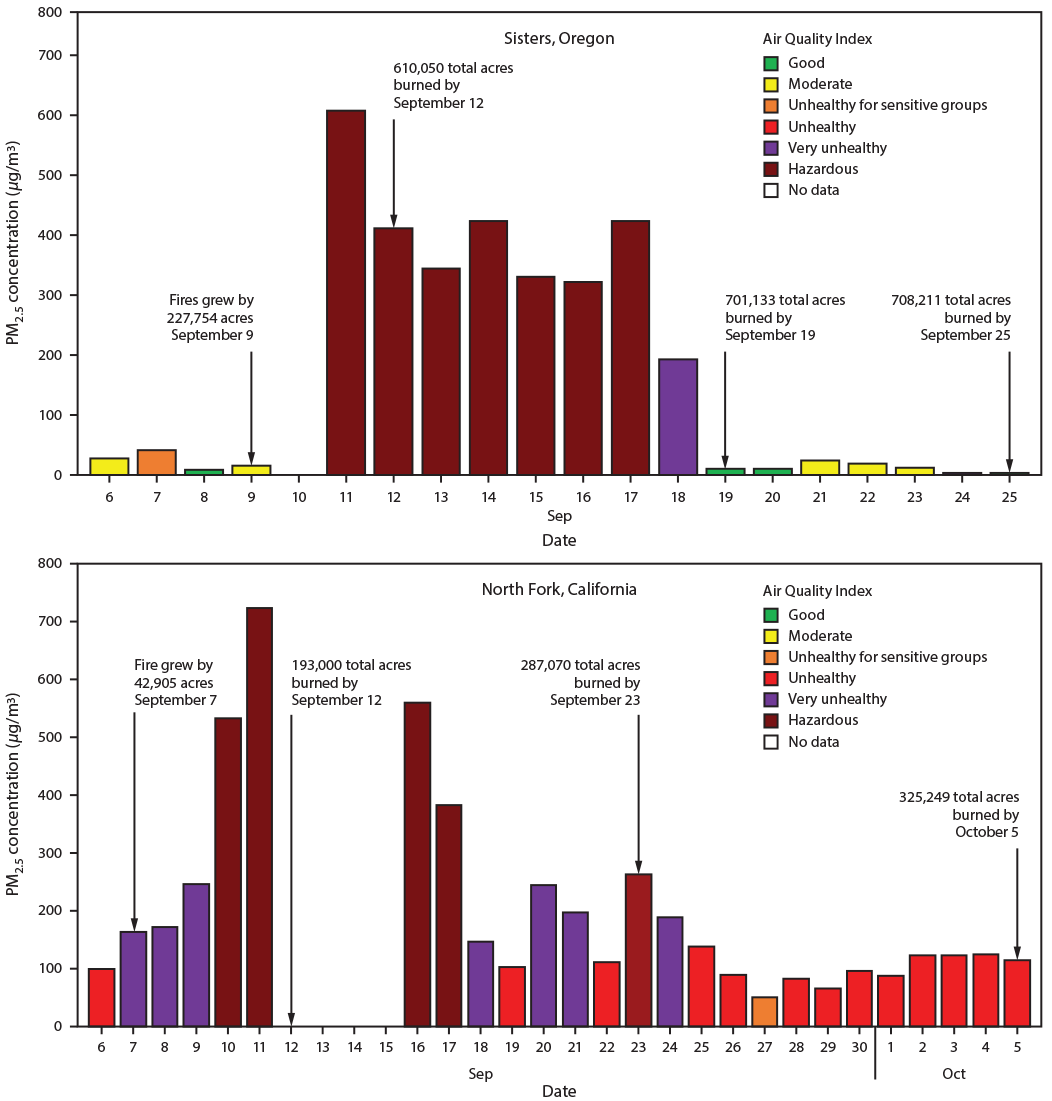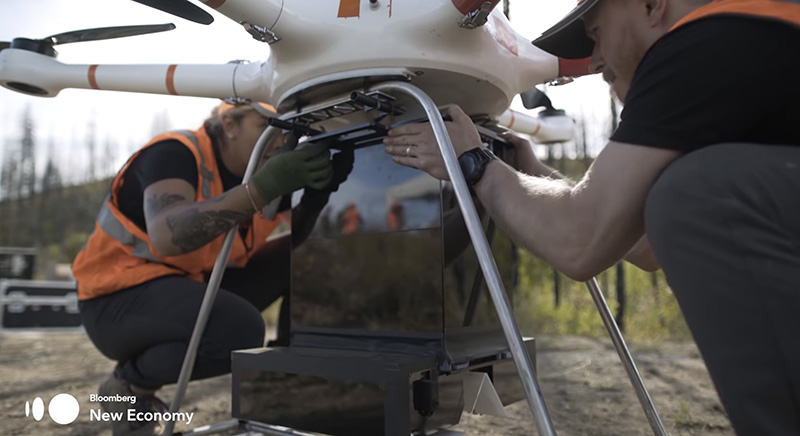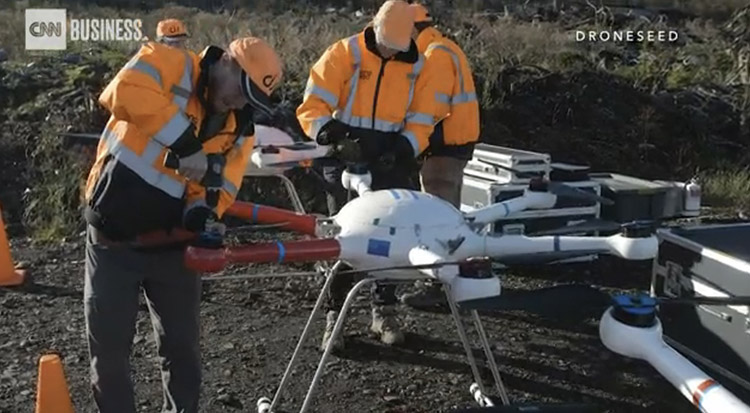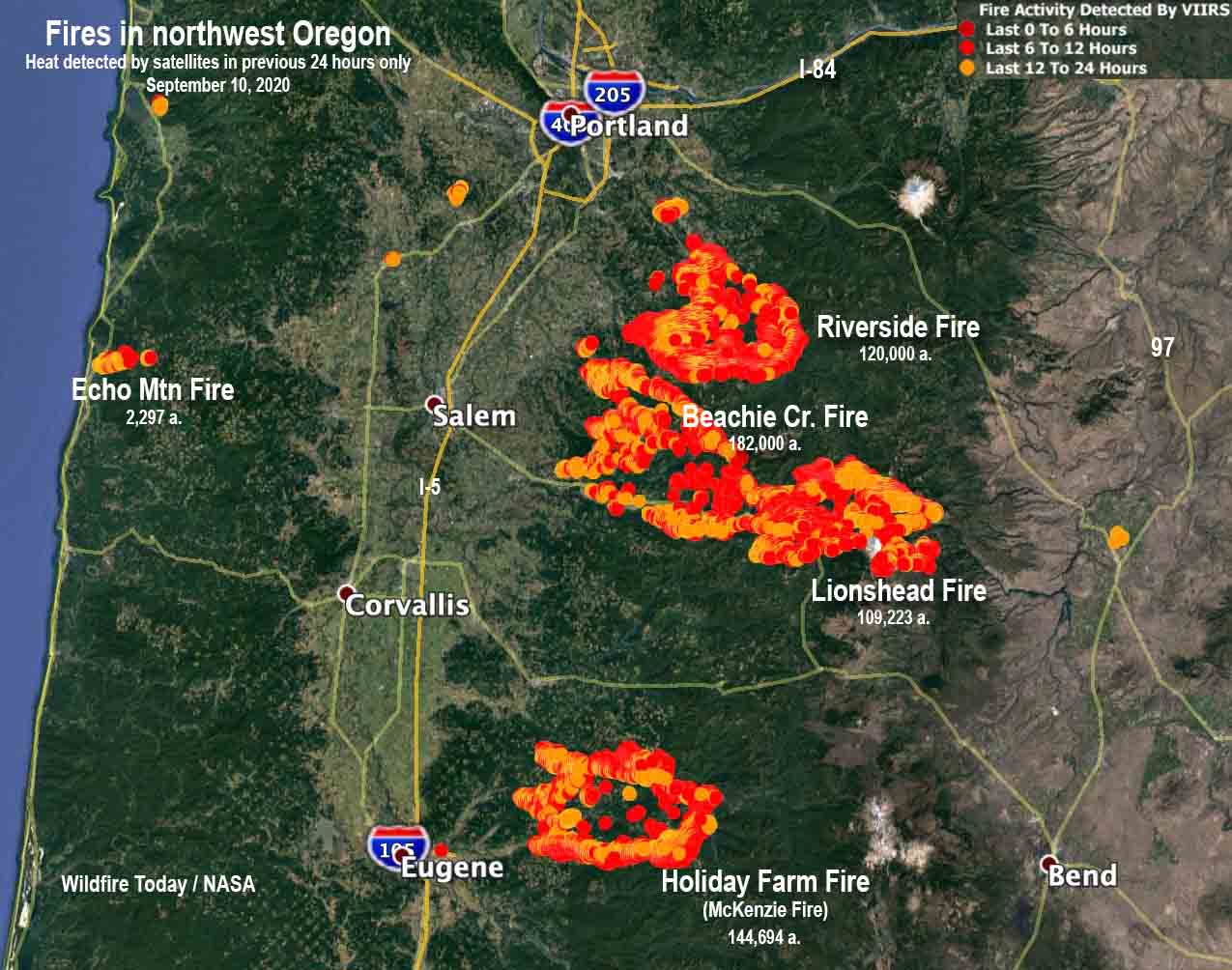A group of four law firms in Oregon and California has sued the Eugene Water and Electric Board (EWEB), Lane Electric, and Bonneville Power Administration (BPA) for their roles in the Holiday Farm Fire east of Eugene, Oregon — part of the Labor Day fire siege of 2020.

In the approximately 200-page lawsuit, attorneys claim the three utility companies neglected to prepare electrical operations and equipment before the fire burned across 173,400 acres and destroyed more than 700 structures. The Holiday Farm Fire burned on the Willamette National Forest, BLM lands, and private property within Oregon Department of Forestry protection units. The lawsuit was filed on behalf of 238 victims who lost homes and property in the fire; the suit asks for $232 million.
As of September 10, 2020, the Holiday Farm Fire — named for a local tourist attraction called the Holiday Farm that included a wedding venue, RV resort, and year-round holiday Christmas gift shop — had burned over 144,600 acres about 14 miles up the McKenzie River from Eugene. Fire behavior and weather conditions were treacherous and kept firefighters from entering many areas, but they did protect some homes by burning out around them.
Jennifer Singh of KEZI in Eugene reported that the case was originally filed with Lane County Circuit Court against Lane Electric and EWEB — for neglecting to safeguard space around their powerlines from unstable trees and other hazards, but new records have revealed evidence that BPA also played a role in the disaster.
The lawsuit should come as no surprise to anyone — except maybe BPA — because local residents and fire officials were discussing the likelihood that the Holiday Farm Fire was ignited by powerlines while it was still in the initial attack phase.

“It wasn’t until the end of last year that we discovered new evidence that pointed to Bonneville Power Administration sparking a second fire,” said Alex Robertson, one of the four attorneys for the plaintiffs. He said that second fire merged with the Holiday Farm Fire. BPA provided power to EWEB and Lane Electric, and failed to power down its lines in a public safety shutoff. On Labor Day a danger tree fell onto a BPA line on Highway 126 and ignited another fire about 4 miles away.
This is the evidence that caused the law firms to bring BPA on as a co-defendant for the suit filed as a federal case — BPA is a federal agency, so unlike previous cases in county circuit court, this suit will be heard in federal court. The earlier case filed against Lane Electric and EWEB was dismissed to combine with the suit against the BPA.
Robertson said that on the same day the new lawsuit was filed, January 16, another suit was filed by 60 insurance companies seeking reimbursement of claims already paid to homeowners.
The Forest Service and Inciweb have wiped most of the records of the fire from their websites, but a BAER summary [PDF] of the Holiday Farm Fire is still available online.





